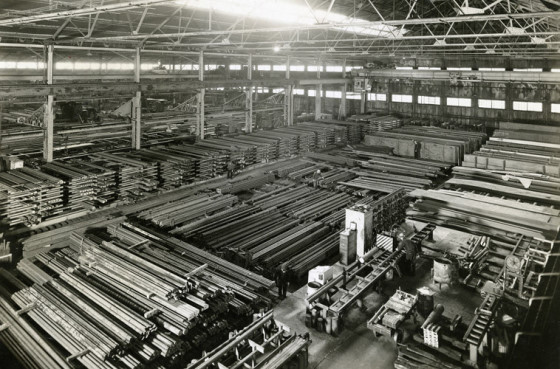Client: Ryerson Steel / Monroe Partners | Location: Chicago, IL
Pioneer conducted multiple stages of environmental assessment and investigation work including the development of a remediation budget during due diligence for a prospective buyer with plans to redevelop a 50-acre former steel manufacturing plant. Work by other firms prior to our involvement identified relatively marginal impacts, and the potential of up to three USTs on site. Pioneer’s more thorough investigative efforts identified the presence of approximately 14,000 tons of TCLP-lead hazardous remediation wastes and up to 32 USTs which were discovered before the property was purchased by our client. The new information was used to develop a remediation budget for purposes of negotiating the sale price of the property under the purchaser’s due diligence and resulted in a significant savings to the client. Pioneer later prepared a Comprehensive Site Investigation Report, RCRA Remedial Action Plan Permit, and Remedial Action Plan to pursue formal closure through the Illinois EPA’s voluntary Site Remediation Program (SRP).
After site acquisition, Pioneer removed all USTs and conducted remediation to remove soil impacted with petroleum free product, and on-site stabilization of characteristically hazardous lead-impacted soils which were then removed and properly disposed as a non-hazardous special waste at a Subtitle D landfill. The on-site treatment of hazardous wastes reduced projected disposal costs by approximately 300%, and the approach to closure devised by Pioneer allowed the majority of remaining impacted soils to remain on-site using engineered barriers and institutional controls. Soil management zones were established throughout the site in an effort to eliminate the need for any off-site disposal of construction spoils generated during site redevelopment.
Pioneer also negotiated with SRP to use alternative groundwater modeling procedures that eliminated unnecessary and problematic notification requirements, and obtained a variance to allow the use of a 1-foot thick engineered barrier across the majority of the site, instead of the default 3-foot “clean soil” barrier (through a detailed Tier 3 risk assessment). Upon completion of active site remediation, Pioneer submitted Interim Remedial Action Completion Reports for the site to obtain multiple draft NFR letters to provide to prospective tenants. Pioneer also evaluated proposed redevelopment plans relative to contaminant issues to determine development costs, prepared cut/fill analyses for site balancing, negotiated with insurance providers to secure environmental coverage for the project, coordinated with subcontractors, and provided demolition/remediation oversight. In the end, eight different Final NFR letters were obtained for the site as redevelopment of individual sections of the overall site were completed to accommodate the client’s redevelopment sequencing.


